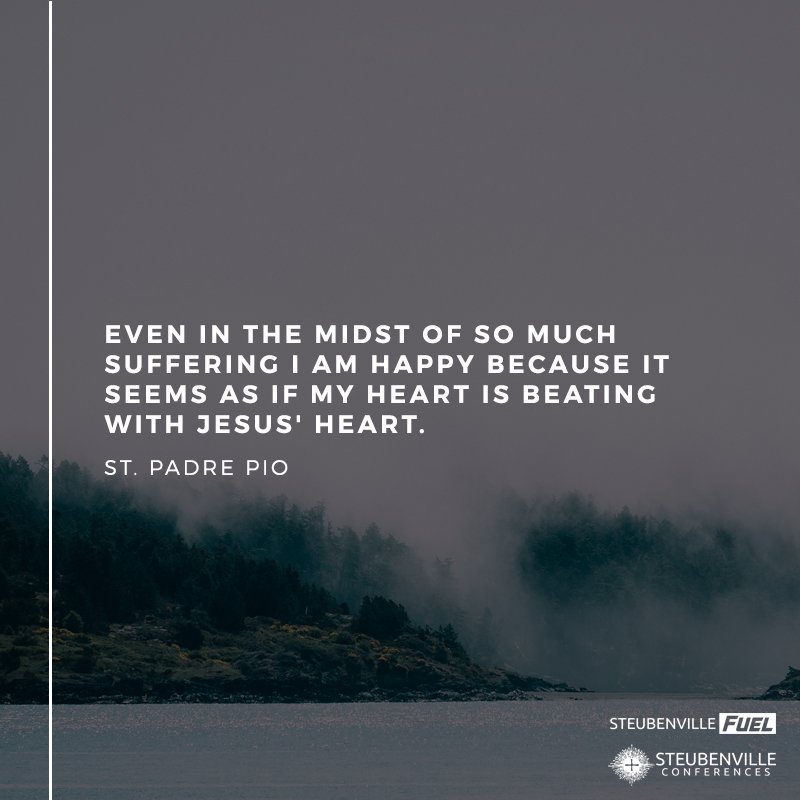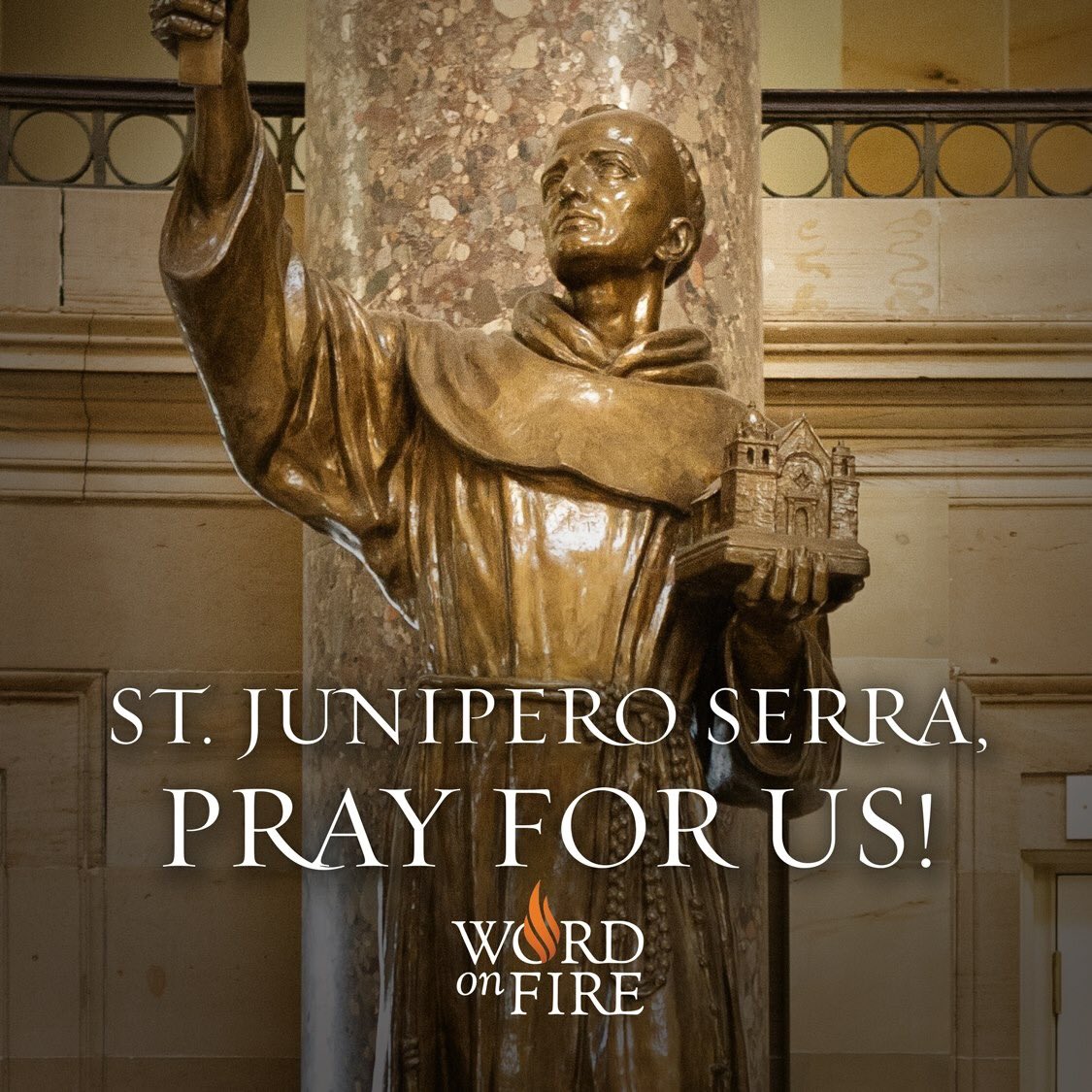1. In The Wonders of Lourdes, Pierre Marie Dumont, publisher of Magnficat, writes:
Lourdes is the story of a very young girl, the poorest of the poor, illiterate, and in delicate health, who became the object of a favor from heaven; it is a child’s personal history disrupting human history; it is the path proposed to a young girl who, by setting off upon it, would remind the world of the only path that leads to the source of all grace.
Bernadette offered herself to the gratuitousness of the gift of God, who reached out to her for her own sake, to be sure, but above all for the sake of the world. God always acts in the same way: The election of a single individual opens the torrents of his generosity toward all. Those who have heard God’s call and answered, “Here I am, send me,” have allowed God’s plan to come to pass.
God chose Bernadette, and Mary came to indicate her specific mission to her – to be a witness to the call of the Gospel. When Mary says, “Come drink from the water and wash in it,” she is saying nothing more than what Jesus has said. To do penance and to purify one’s heart is the attitude that corresponds to the call to convert and believe in the Good News proclaimed by Christ.
In Lourdes, Bernadette turned completely to God. She passed the message of grace along and then buried herself in the silence of an ordinary religious life. She let Lourdes and the whole world turn, at the Church’s invitation, to Mary, whose words calling for penance keep bringing to Christ those who would draw near to the running water…. When the Church gives us the feast of Our Lady of Lourdes, she squarely places us before the demand of the Gospel.
2.
The Lady in White
Everything you need to know about Our Lady of Lourdes in under three minutes
http://t.co/tUPl2RK7TP
— Dominicana (@dominicanadhs) February 11, 2015
3. 10 things about Our Lady of Lourdes and St. Bernadette from Word on Fire.
4. There were 18 apparitions. A sermon today about the first.
5. “Why we need Lourdes.”
6. On the 150th anniversary of the apparitions in 2008, Pope Benedict said during Mass in Lourdes:
How do we reach God? How do we manage to discover or rediscover him whom man seeks at the deepest core of himself, even though he so often forgets him? Saint Paul asks us to make use not only of our reason, but above all our faith in order to discover him. Now, what does faith say to us? The bread that we break is a communion with the Body of Christ. The cup of blessing which we bless is a communion with the Blood of Christ. This extraordinary revelation comes to us from Christ and has been transmitted to us by the Apostles and by the whole Church for almost two thousand years: Christ instituted the sacrament of the Eucharist on the evening of Holy Thursday. He wanted his sacrifice to be presented anew, in an unbloody manner, every time a priest repeats the words of consecration over the bread and wine. Millions of times over the last twenty centuries, in the humblest chapels and in the most magnificent basilicas and cathedrals, the risen Lord has given himself to his people, thus becoming, in the famous expression of Saint Augustine, “more intimate to us than we are to ourselves” (cf. Confessions, III, 6, 11).
Brothers and sisters, let us give the greatest veneration to the sacrament of the Body and Blood of the Lord, the Blessed Sacrament of the real presence of the Lord to his Church and to all humanity. Let us take every opportunity to show him our respect and our love! Let us give him the greatest marks of honour! Through our words, our silences, and our gestures, let us never allow our faith in the risen Christ, present in the Eucharist, to lose its savour in us or around us! As Saint John Chrysostom said magnificently, “Let us behold the ineffable generosity of God and all the good things that he enables us to enjoy, when we offer him this cup, when we receive communion, thanking him for having delivered the human race from error, for having brought close to him those who were far away, for having made, out of those who were without hope and without God in the world, a people of brothers, fellow heirs with the Son of God” (Homily 24 on the First Letter to the Corinthians, 1). “In fact”, he continues, “what is in the cup is precisely what flowed from his side, and it is of this that we partake” (ibid.). There is not only partaking and sharing, there is “union,” says the Doctor whose name means “golden mouth.”
7. Four years before, John Paul II said there:
I have greatly wished to make this pilgrimage to Lourdes in order to celebrate an event which continues to give glory to the Triune God. Mary’s Immaculate Conception is the sign of the gracious love of the Father, the perfect expression of the redemption accomplished by the Son and the beginning of a life completely open to the working of the Spirit.
8. I am reminded of my late friend, Karen Goodwin, who made a pilgrimage there, and was so grateful, a gratitude that pointed to the Eucharist. (Another gift from here, here.)
9. From Mother Marie Des Douleurs, foundress of the Congregation of the Benedictines of Jesus Crucified, in Magnificat for today:
The mission of the sick person is to give witness to the cross.
First, by his very existence, for there are still many people who do all they can to avoid suffering, who try to live as fast as possible, without giving a thought to why they are on this earth. Such are the living dead.
The sick person wakes people up. By choosing not to be asphyxiated by suffering, the sick person draws people’s attention to the One who, at the height of moral and physical suffering, was able to think, in his infinite love, of giving us his Mother, was able to say to the Father Almighty: Into your hands, Lord, I commend my spirit, and in his dereliction cried out: My God, my God, why have you abandoned me?
The sick person gives witness that the cross is real. He gives witness to the fact that the Crucified endured every evil in the world, including sin (sick people are not saints just because they are sick). The sick one gives witness that no misery or distress is so deep that it cannot be redeemed, that no sincere desire for life remains unheard — for death has been swallowed up by Life. The Resurrection of Christ is the sole foundation of our faith, and our own resurrection will not be long coming. This is why the Christ on the cross in our churches are often also Christ in glory: rays of light surround our Savior’s head and stream forth from his hands and his feet.
What a calling — to minister to the living dead! Oh that everyone else would wake up to this and let them love us to eternal life by loving and caring for them? And give our own physical and mental and spiritual illnesses to God to do His good work and will with.
Subscribe to Magnificat here.
10. In Euclid, Ohio.
11. Pope Leo XIII:
In her power may the Virgin Mother, who once cooperated through her love with the birth of the faithful into the Church, now be the means and guardian of our salvation; may she return the tranquillity of peace to troubled souls; may she hasten the return of Jesus Christ in private and public life.
12. Pope Pius XII:
In the school of Mary one can learn to live, not only to give Christ to the world, but also to await with faith the hour of Jesus, and to remain with Mary at the foot of the cross… Go to her, you who are crushed by material misery, defenseless against the hardships of life and the indifference of men. Go to her, you who are assailed by sorrows and moral trials. Go to her, beloved invalids and infirm, you who are sincerely welcomed and honored at Lourdes as the suffering members of our Lord. Go to her and receive peace of heart, strength for your daily duties, joy for the sacrifice you offer
Our Lady of Lourdes, pray for us.












